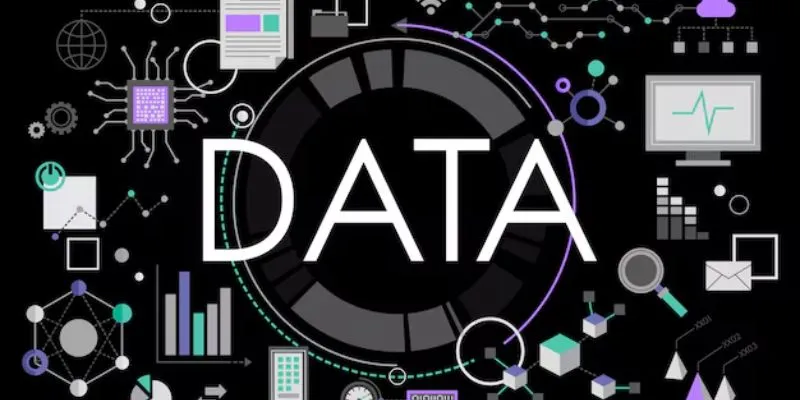
Data scientists frequently encounter repetitive and time-consuming tasks, including data cleaning, feature engineering, model evaluation, and reporting. Although these steps are vital for successful projects, manually repeating them can slow down progress and reduce overall productivity. This is where Python automation proves invaluable. By leveraging Python’s powerful libraries and tools, professionals can streamline workflows, minimise manual effort, and focus on extracting meaningful insights from data. Enrolling in a Data Science Course in Trichy at FITA Academy can help learners gain hands-on experience in automating these processes and mastering efficient data science practices.
Why Automate Data Science Workflows?
Automation in data science isn’t just about saving time; it’s about improving accuracy, scalability, and reproducibility. For example:
- Efficiency: Tasks like data preprocessing or model retraining can be automated, allowing faster iteration.
- Consistency: Automation lowers the chance of human mistakes in repetitive tasks.
- Scalability: Automated workflows can handle larger datasets and more complex pipelines without additional effort.
- Reproducibility: Automated scripts ensure that analyses can be easily replicated by other team members.
Python is the natural choice for automation because of its readability, flexibility, and vast library support tailored for data science.
Key Areas of Automation in Data Science
1. Data Collection and Preprocessing
Raw data often requires extensive cleaning before analysis. Python libraries such as Pandas, NumPy, and OpenPyXL allow you to automate tasks like:
- Handling missing values.
- Normalising and transforming data.
- Extracting and loading data from multiple sources (databases, APIs, or spreadsheets).
For example, you can schedule Python scripts to pull daily data from an API and clean it automatically, ensuring your dataset is always up to date. Gaining these practical skills through a Python Course in Trichy can help learners understand how to build efficient automation pipelines for real-world projects.
2. Feature Engineering
Creating meaningful features is a core part of building effective machine learning models. Libraries like Featuretools automate feature engineering by generating new features from raw datasets. Automation in this step not only saves time but also increases the likelihood of uncovering hidden patterns in the data.
3. Model Training and Evaluation
Manually tuning hyperparameters or testing multiple models can be tedious. Python libraries such as Scikit-learn, Keras, and XGBoost offer functions for automated model training and evaluation. Tools like GridSearchCV or Optuna can automate hyperparameter optimization, helping you identify the best-performing models without endless trial-and-error.
4. Workflow Orchestration
As workflows grow in complexity, orchestrating tasks becomes critical. Tools like Apache Airflow, Luigi, or Python-based schedulers allow you to build automated pipelines that handle everything from data ingestion to model deployment. With these tools, each step of the workflow is executed in sequence, ensuring smooth, reliable automation. Enrolling in a Data Science Course in Salem can help you gain hands-on expertise in using such tools to streamline workflows and improve efficiency in real-world projects.
5. Model Deployment and Monitoring
Automation doesn’t stop once a model is built. Deployment to production environments can also be automated using tools such as Flask, FastAPI, or Docker with Python integration. Furthermore, monitoring model performance and retraining models when accuracy declines can be managed with automated triggers, ensuring models stay relevant over time.
6. Reporting and Visualization
Data scientists often spend a significant amount of time creating reports or dashboards. Python libraries such as Matplotlib, Seaborn, and Plotly can automate the generation of visualizations, while Jautomated upyter Notebooks and Papermill allow execution and updating of reports. This makes it easy to deliver insights consistently to stakeholders.
Best Practices for Python Automation in Data Science
- Modularize Code: Break down scripts into reusable functions and modules for easier maintenance.
- Use Virtual Environments: Manage dependencies using tools like venv or conda to ensure reproducibility.
- Document Automation Pipelines: Clearly document each automated step for transparency and collaboration.
- Integrate Version Control: Use Git to track changes and maintain reliable workflows.
- Test and Validate: Always test automated scripts to ensure they deliver accurate results.
Using Python to automate data science workflows helps you save time, avoid mistakes, and create solutions that are easy to scale and repeat. Automation can handle tasks like data collection, cleaning, model deployment, and reporting, so you can spend more time on creative problem-solving. By following best practices and using Python’s many libraries and tools, you can boost your productivity and get better results. If you want to learn these skills, a Python Course in Salem can teach you how to use automation in real data science projects.